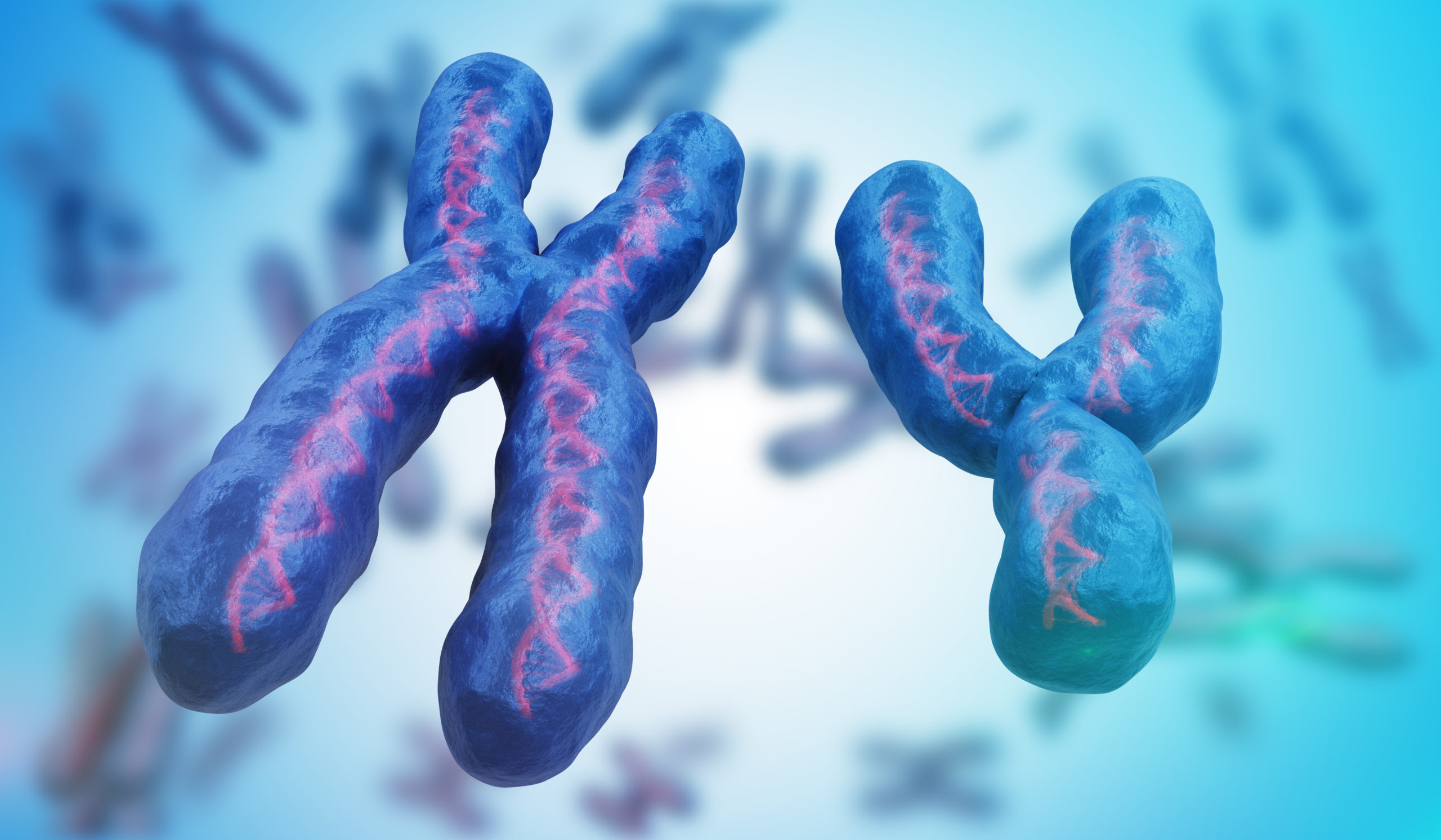The Diagnosis of Chromosomal Abnormalities
What are chromosomal abnormalities?
Every cell in the body, or at least almost every cell, contains 23 pairs of chromosomes. This gives each person 46 chromosomes in total. Half of these come from the Mother, with the remaining half coming from the Father.
22 of these pairs are referred to as autosomes. The 23rd pair is made up of the X and Y chromosomes, and these determine the sex of an individual. Two X chromosomes is a female, an X and Y chromosome is a male.
Within each of the chromosomes there are thousands of genes. The role of these genes is to make the proteins that control and manage the body’s development. Chromosomes provide the invaluable information for the body as it grows and functions. They determine many physical features, including eye color, and height.
There are essentially two main forms of chromosomal abnormalities. Numerical chromosomal abnormalities involve the absence or entire chromosomes from a pair, or the presence of an extra chromosome in a pair. Structural abnormalities involve when part of a single chromosome is missing, is extra, is present on a different chromosome or upside down.
Generally abnormalities occur randomly, during reproduction or in the very early stages of the development of an unborn child. They are not believed to be inherited. In the cases of some chromosomal abnormalities, maternal age may be a risk factor, and the older the Mother is at conception, the higher the risk of some types of chromosomal changes. It is also possible that environmental factors may play a part in causing chromosomal changes, although which ones and the extent to which they might be responsible, has yet to be established.
Chromosomal abnormalities may cause miscarriage, or issues with growth and development in those affected. They may also cause specific genetic syndromes.
Genetic syndromes caused by chromosomal abnormalities
Including the most common chromosomal abnormalities –
- Down syndrome or Trisomy 21: caused by the presence of an extra chromosome 21 in affected individuals. This chromosomal abnormality is one of the main chromosome diseases by prevalence and it occurs in 1 in every 700 live births in the US. Symptoms include unique facial features, developmental delay, and congenital heart defects.
- Edwards syndrome or Trisomy 18: caused by having 3 copies of chromosome 18 in each cell, rather than just 1. Symptoms include restricted growth before birth and unique facial features. Individuals with this serious rare disease rarely live beyond the first few months of life, and those that do are affected by severe intellectual disability amongst other symptoms.
- Klinefelter syndrome or XXY syndrome: caused when males are born with an extra X chromosome, instead of the standard XY. There are three types of the syndrome: where the male has an extra X chromosome in each cell, the mosaic form of the syndrome which is an extra X chromosome in only some of the cells, or the presence of more than one extra X chromosome which is particularly rare and a very severe form of the condition. Symptoms include low muscle tone, delayed speech development and infertility. Symptoms vary widely amongst individuals and most cases of the syndrome are not diagnosed until early adulthood.
The diagnosis of chromosomal abnormalities process
The standard chromosome test is a type of genetic analysis known as karyotype testing which looks at the size, shape, and number of chromosomes within an individual.
There are many types of karyotype testing. The most commonly known are performed during pregnancy. Amniocentesis and chorionic villus sampling are both types of antenatal genetic screening tests which can identify chromosomal abnormalities.
In a child or adult karyotype testing will involve taking a sample of blood from a vein for analysis. Results may take several weeks.
When is testing recommended
- During pregnancy. Some individuals opt for full genetic screening during pregnancy, regardless of whether they are believed to be at high risk for having a baby with chromosomal abnormalities. As awareness about rare diseases and genetic screening grows, more people are opting to undergo genetic analysis to rule out any genetic or health issues.
- During pregnancy, if the Mother is over 35 years of age. As advanced maternal age is believed to be a risk factor for chromosomal abnormalities, pregnant women over the age of 35 are usually referred for genetic screening.
- If a woman has experienced miscarriages, with no external or environmental known cause, testing may be recommended to rule out or confirm a chromosomal abnormality as the cause.
- Families who have a child born with a chromosomal abnormality. Many families with a child with a rare disease caused by a chromosomal change, are keen to fully understand the genetic health of future children.
- If a child or adult shows signs and symptoms of a rare disease, known to be caused by a chromosomal abnormality.
Genetic counseling first
Before anyone begins the process of diagnosis of chromosomal abnormalities, the first step should be to consult with a genetic counselor. A genetic counselor will explain exactly what the process will involve, what it will look like, and what answers it may or may not provide.
Diagnosing chromosomal abnormalities and their related conditions, is a difficult and challenging process for families. It may involve several stages of genetic testing, as well as cooperation with multiple medical teams, depending on an individual’s symptoms and their severity. Genetic counseling helps families navigate all of these stages and steps. It is an unmissable step in the diagnosis of chromosomal abnormalities and must not be missed.







